Graham Reid | | 3 min read
Untitled Original Demo 11386 (take one)
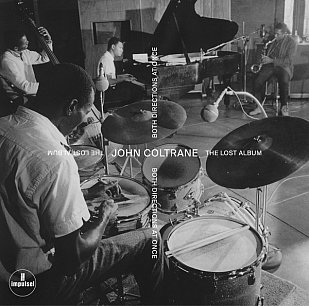
In the half century since his death (in 1967), the music of John Coltrane has inspired, charmed and challenged musicians, jazz aficionados and even worked its way into the language of hip-hop and more edgy contemporary r'n'b.
In his growth, Coltrane went through many changes and when he died at just 40 there seemed so much more to come. Two years before he had wound up his “classic quartet” of pianist McCoy Tyner, bassist Jimmy Garrison and drummer Elvin Jones (from their final sessions came the posthumous album Sun Ship), the group which had created his career-defining A Love Supreme released in early '65.
But Coltrane's vision was expanding and in the following years he brought in other players – notably saxophonists Pharoah Sanders and Archie Shepp, drummer Rashied Ali and his second wife Alice Coltrane on piano – and his playing became more free.
Some of these later albums, brilliant though they were, were hard going for his more conservative fans who would err to the “classic quartet”, his airy but probing ballads and swinging playing which stretched out and took flight.
For those people, but in fact anyone interested in jazz and Coltrane in particular, now comes Both Directions At Once: The Lost Album which he recorded with his quartet in March '63 in Rudy Van Gelder's famous studio, the day before he cut the album with singer Johnny Hartman.
This "new" album – which features a considerable amount of previously unreleased material, two unheard compositions alongside Nature Boy and, in the expanded double CD edition, a number of different takes (four of the free-flowing bop of Impressions) – sounds much like you would expect, as a live session in a studio by players who knew each other intimately and could explore sometimes meagre ideas and draw them out into something fascinating.
The 11 minute-plus Slow Blues here is like that, it opens with a flicker of a melody beneath which Jones lays down some slightly hesitant and seemingly off-kilter patters before the thing takes off and Coltrane squeezes out some hard free blowing.
That there are so many alternate takes of the tunes – six of One Up, One Down although only two are provided – shows that they were taking the session seriously, but whether they were intending some or any of this for an album is another matter.
There is certainly enough material for one and his contract with Impulse! required two a year. Although this was early in '63 he only had the Hartman session to offer, and there would later be the Live at Birdland released the following year.
But it's hard to imagine Slow Blues would have made the final cut, good though it is (and allows McCoy Tyner, pictured here with Coltrane, a fine spot in the centre which grounds the piece again).
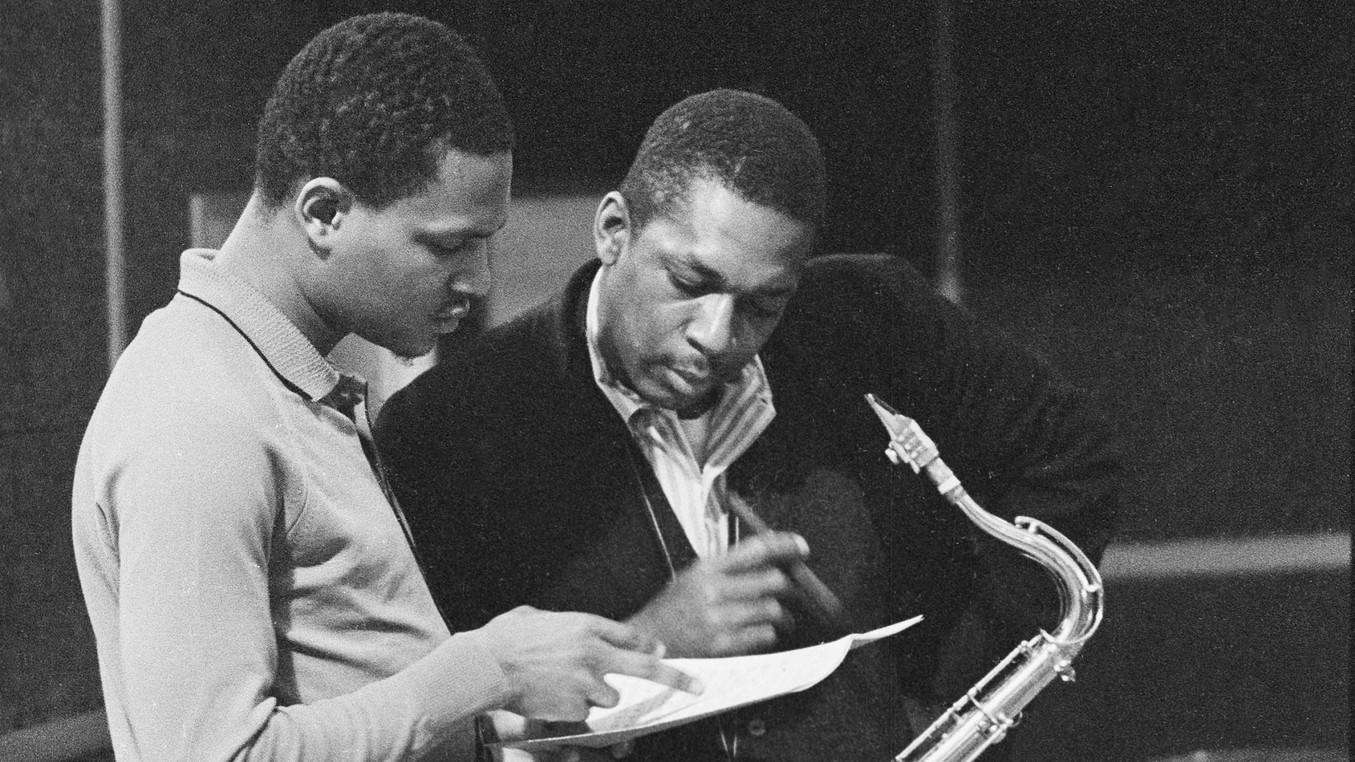 The first take of the vigorous One Up One Down certainly would, and it will delight those who like to hear Coltrane and band dig deep and hard.
The first take of the vigorous One Up One Down certainly would, and it will delight those who like to hear Coltrane and band dig deep and hard.
If Slow Blues, the easy flowing Vilia and Nature Boy (which he would not record for release until much later) looked at where he had come from, One Up One Down offers the strongest suggestion of where he might go.
The story of this album's rediscovery seems as simple as this. That evening Coltrane took the tapes home to his then-wife Naima and they were simply put away. Possibly he forgot about them, the couple split that year, and only recently did Impulse! approach the family to release them.
Coltrane scholars will doubtless dissect this album – interestingly pianist Tyner sits out for a few pieces, notably on Impressions – and some will doubtless conclude that it is no more or less than what it is, the great quartet captured one day playing live in a studio.
Ravi Coltrane (John's sax playing son who chose the tracks for the single disc edition) acknowledges that it might have just been a warm-up session for the Hartman recording . . . but if so, then we are eavesdropping on just how great they could be in a relaxed session away from their live appearances at Birdland where they would play One Up One Down. (They might have even played that same night there.)
Both Directions At Once; The Lost Album won't make scholars reconsider Coltrane's career at this point and in truth it doesn't add much to the sum of knowledge about him at this time, but it is the classic Coltrane quartet and that is all that needs be said, perhaps.
John Coltrane and his fellow travellers set the bar very high, and they didn't drop it too much on this day.

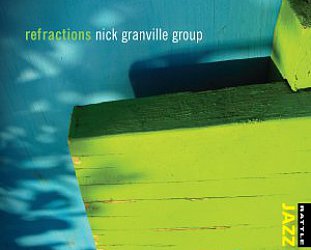
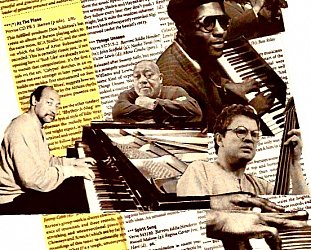
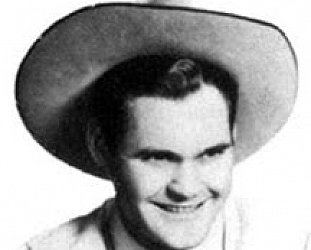
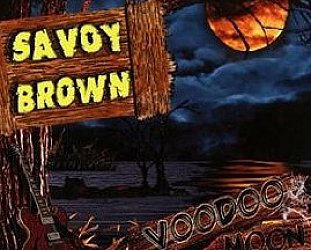
post a comment